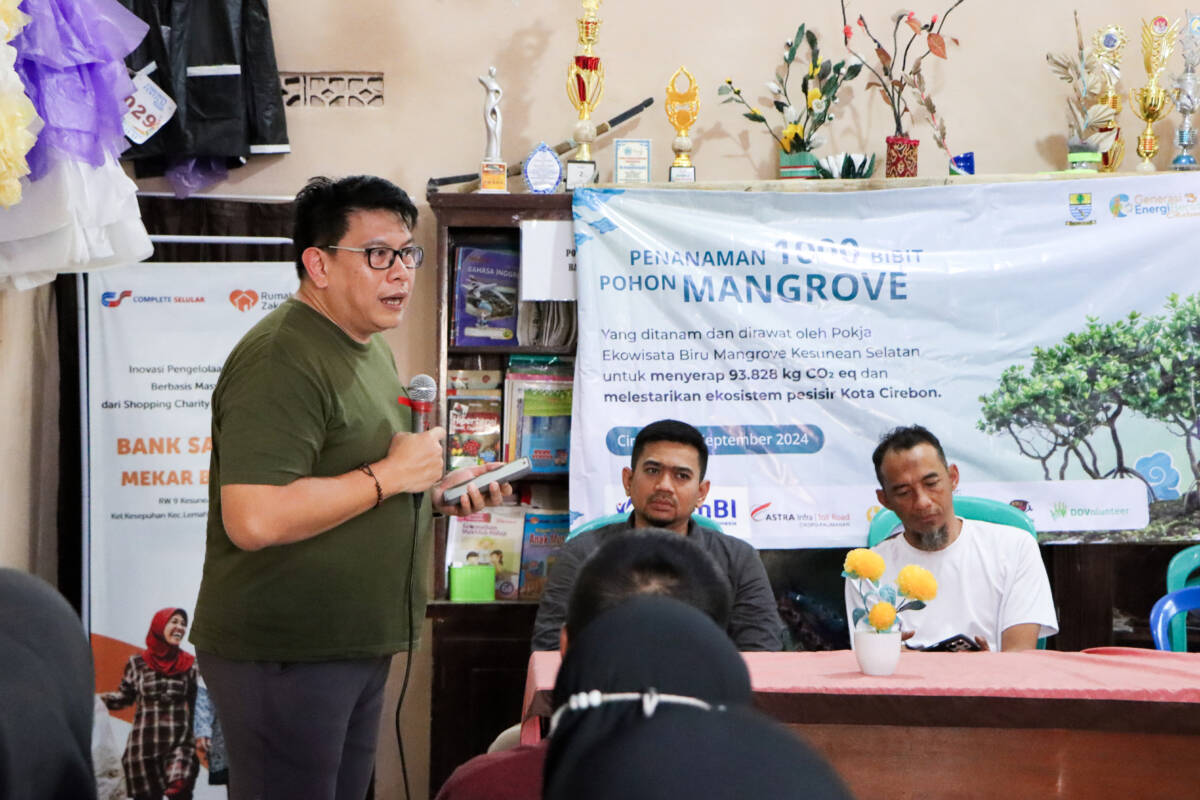
Building a Bridge for Mangrove Ecotourism
Cirebon, 28 September 2024 – Dozens of volunteers from various organizations gathered in neighborhood associations (RW) 09 Kesunean Selatan, Cirebon, to parti... Read more.
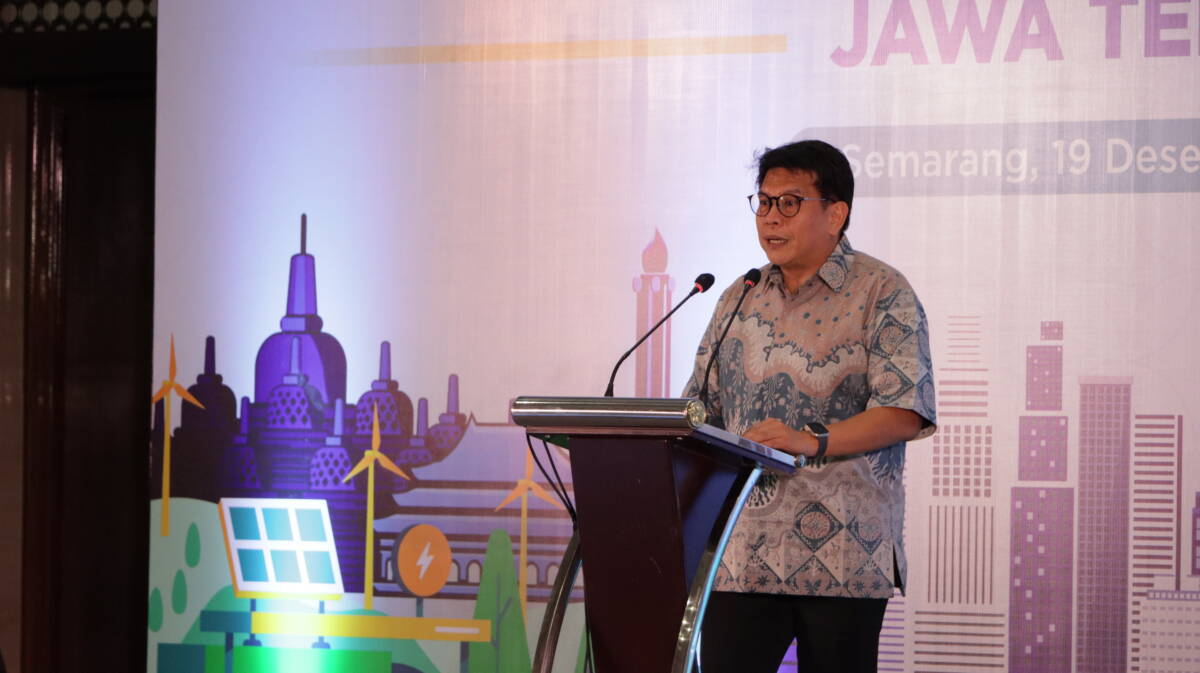
IESR Encourages Energy Transition Discussion in 2024 Regional Election Debate
Jakarta, October 10, 2024—The Institute for Essential Services Reform (IESR), a think tank focused on energy, climate, and environmental issues, sent an offic... Read more.
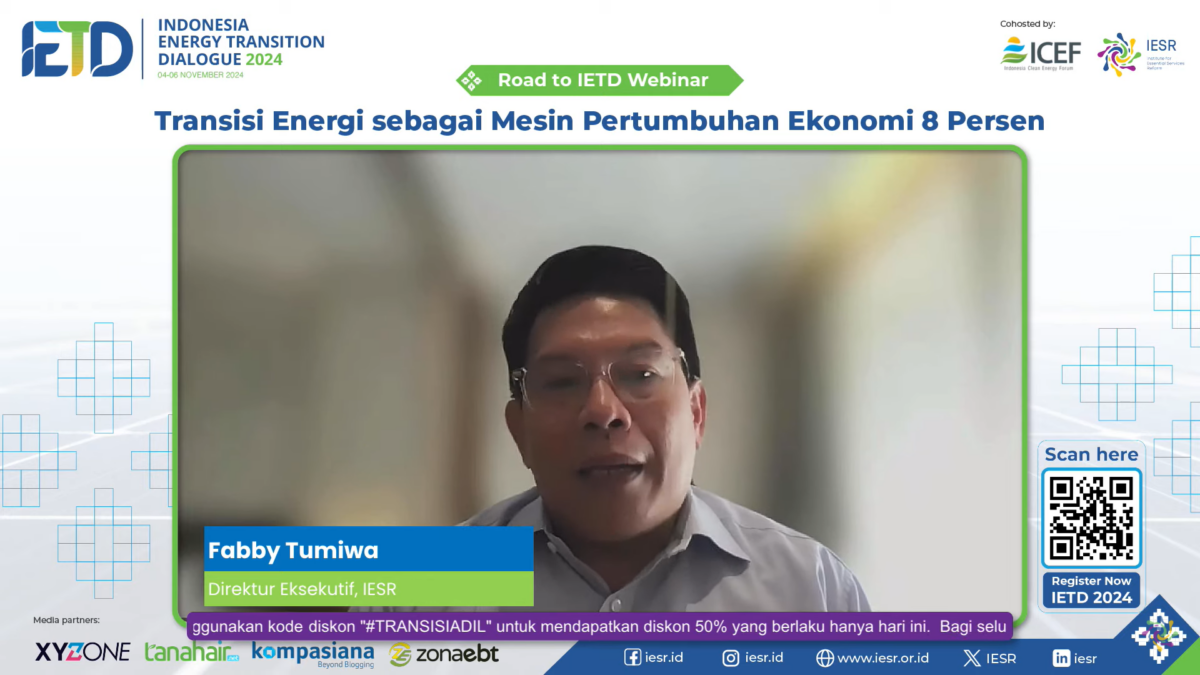
Opportunity to Accelerate Energy Transition to Boost Economic Growth to 8 Percent
Jakarta, October 10, 2024—President-elect Prabowo Subianto targets economic growth to increase to 8 percent during his administration. The Institute for Essen... Read more.

All About the Just Transition
The term “just energy transition” gained significant attention in Indonesia in 2022, during the country’s presidency of the G20. However, as o... Read more.
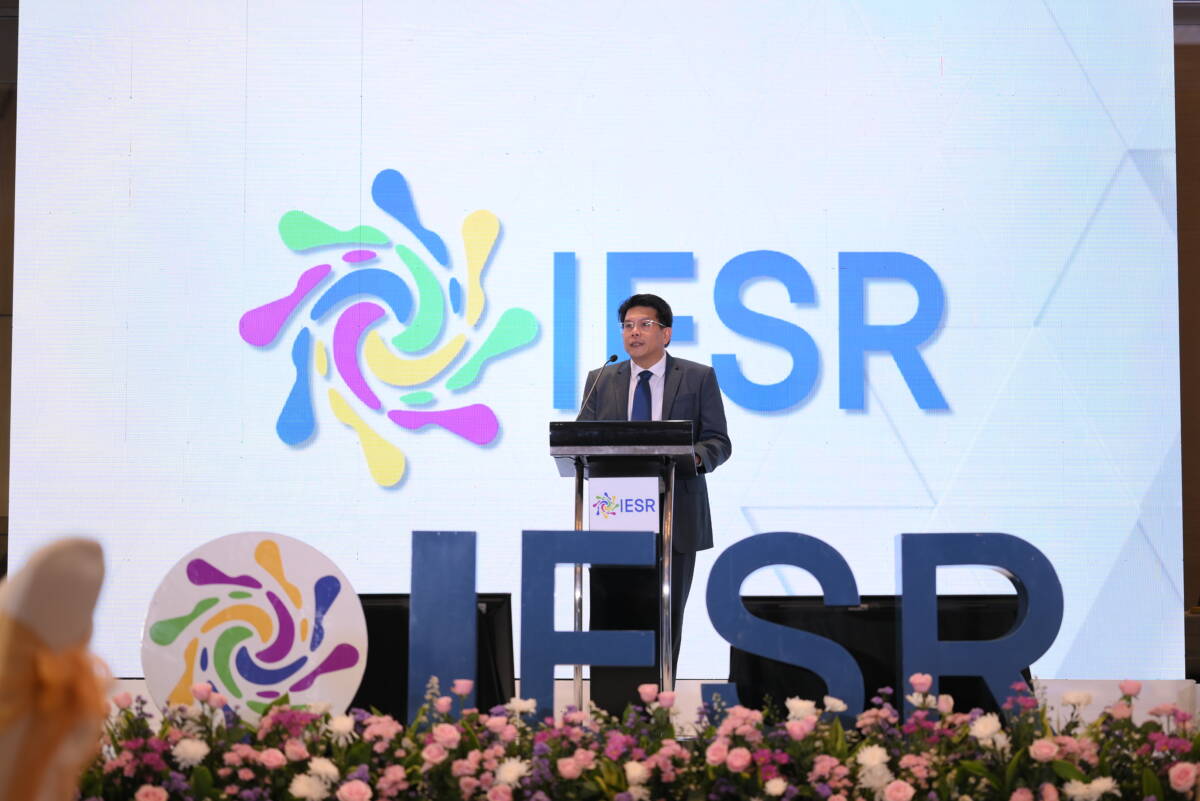
AMEM Needs to Prioritize Renewable Energy Development
Jakarta, October 5, 2024 – The results of the 42nd ASEAN Ministers on Energy Meeting (AMEM) in Laos on Thursday (26/9/2024) reflect AMEM’s half-hear... Read more.
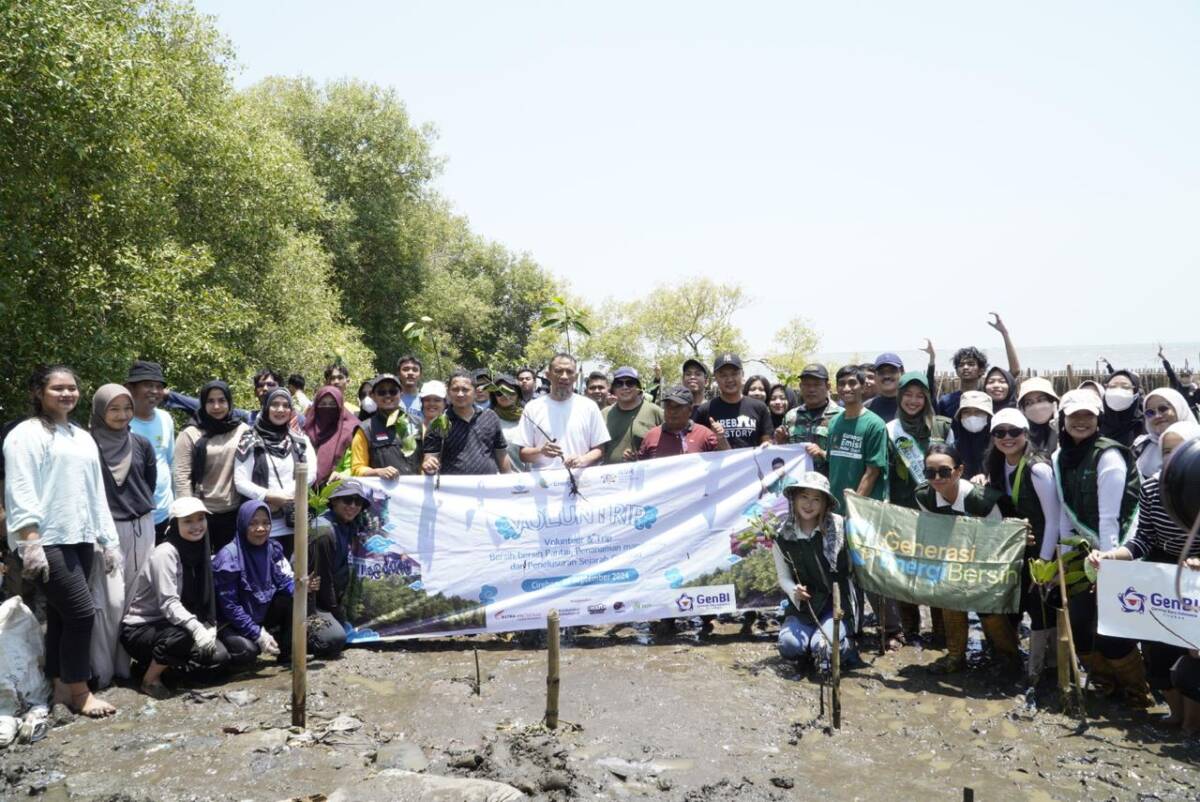
Strategy to Preserve Mangrove Forest by Establishing Ecotourism Area
Cirebon, September 28, 2024- RW 09 Kesunean Selatan has a mangrove forest area of 7.5 hectares, which can serve as a natural fortress that protects the area fro... Read more.
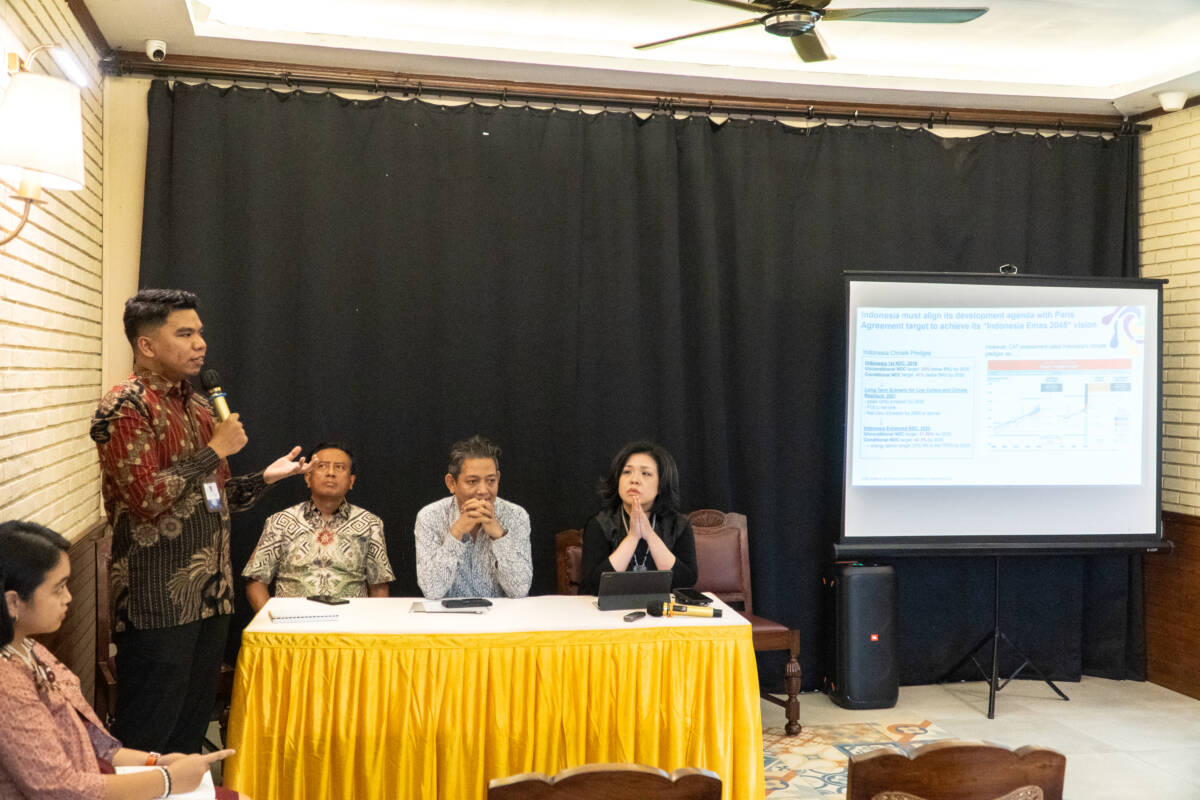
Deepening Indonesia-China Cooperation to Accelerate Energy Transition
Jakarta, September 24, 2024 – Addressing the climate crisis requires international partnerships to accelerate Indonesia’s energy transition to renew... Read more.

Southeast Asia’s Opportunity to Accelerate Energy Transition and Achieve NZE 2050
Jakarta, September 18, 2024—Southeast Asia is predicted to become the world’s fourth-largest economy by 2050. This projected increase in economic growth... Read more.

The Power of Meaningful Small Actions and Community Engagement in the Energy Transition
Jakarta, September 13, 2024 – Community involvement, including vulnerable groups, must be a significant aspect of implementing the just or equitable trans... Read more.
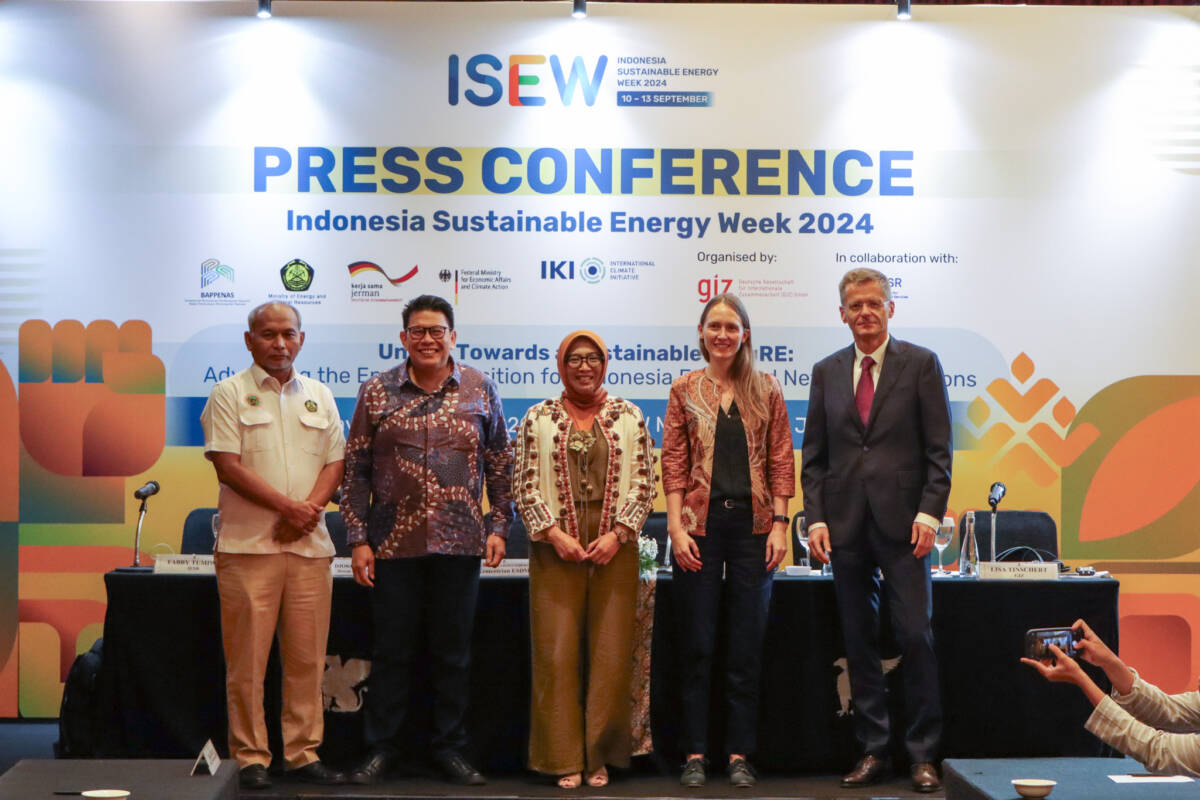
ISEW 2024: Advancing a Golden Indonesia through a Just Energy Transition
Jakarta, September 10, 2024 – Indonesia envisions becoming one of the world’s largest economies by 2045, known as Golden Indonesia. To achieve devel... Read more.

